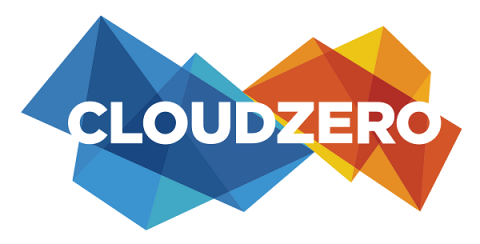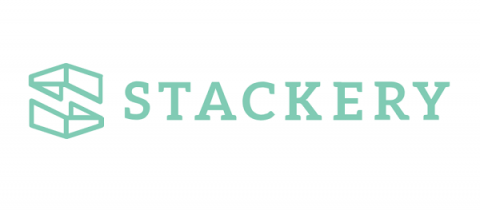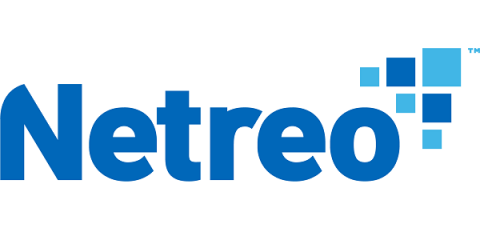And Then There Were Three -- IBM, VMWare, and Rancher
When we started Rancher in 2014, our vision was to enable enterprise IT to procure and utilize computing resources (“cattle”) from any infrastructure provider. We were extremely lucky to be able to leverage wonderful technologies like Kubernetes which made computing resources consistent across all infrastructure providers.











